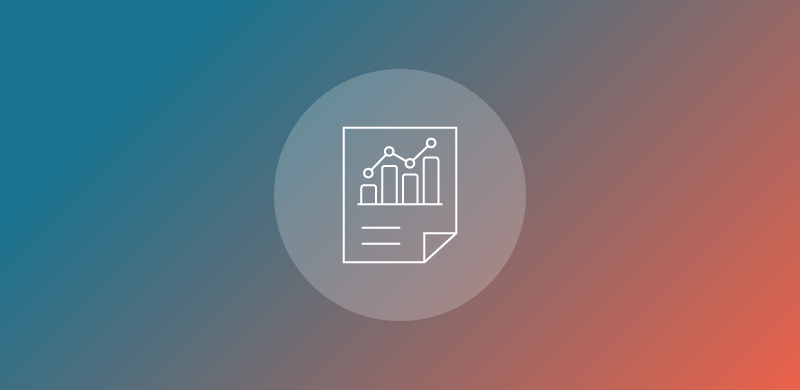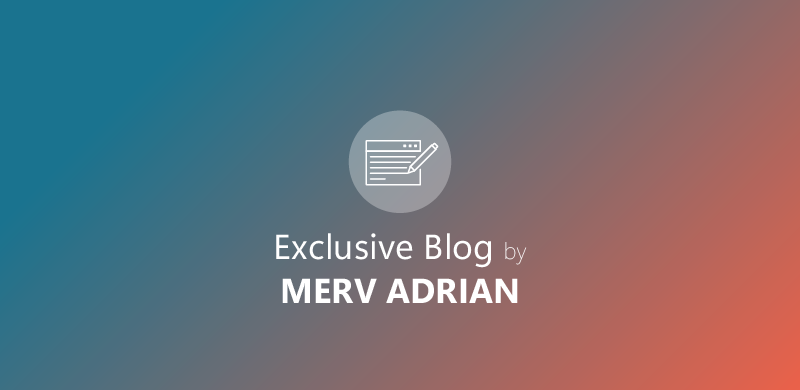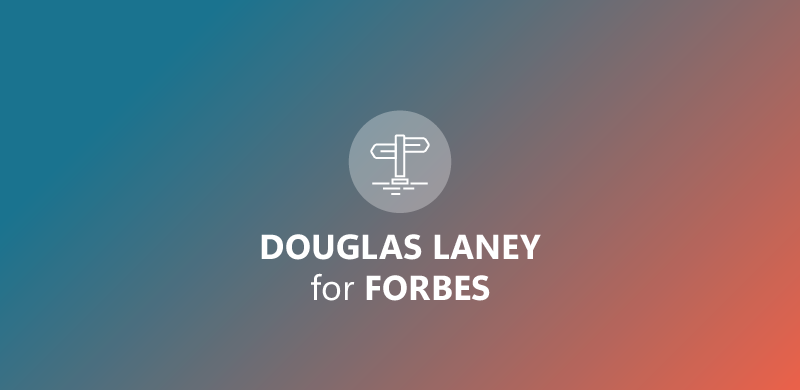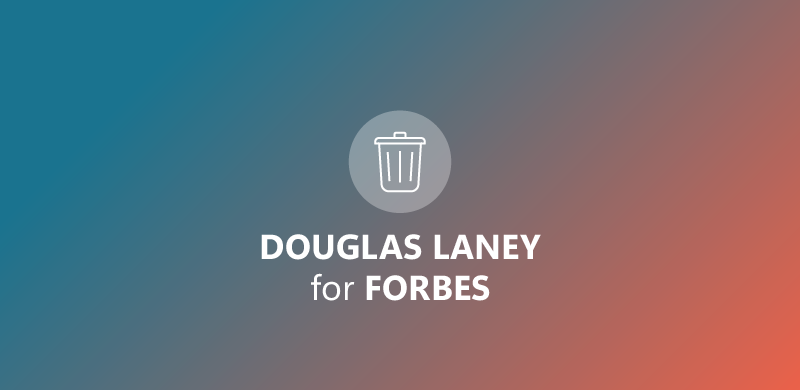Data Governance – Definition, Challenges & Best Practices
Are you looking for further assistance on this topic? You will find it here.
Data governance forms the basis for company-wide data management and makes the efficient use of trustworthy data possible. The efficient management of data is an important task that requires centralized control mechanisms.
What Is Data Governance?
Data Governance includes the people, processes and technologies needed to manage and protect the company’s data assets in order to guarantee generally understandable, correct, complete, trustworthy, secure and discoverable corporate data.
The topics encompassed by data governance are:
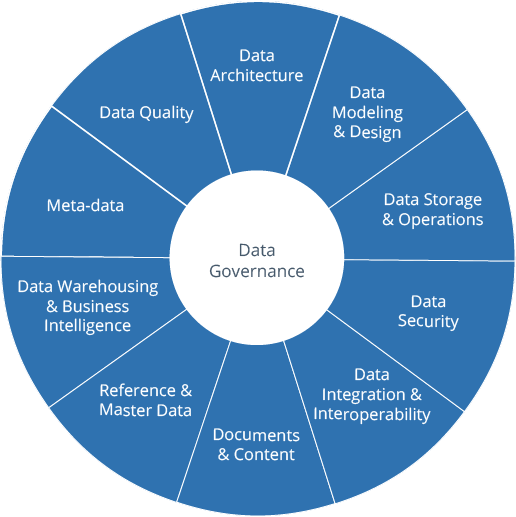
At its core, data governance is about establishing methods, and an organization with clear responsibilities and processes to standardize, integrate, protect and store corporate data. The key goals are to:
- Minimize risks
- Establish internal rules for data use
- Implement compliance requirements
- Improve internal and external communication
- Increase the value of data
- Facilitate the administration of the above
- Reduce costs
- Help to ensure the continued existence of the company through risk management and optimization
Data governance programs always affect the strategic, tactical and operational levels in enterprises (see figure below). In order to efficiently organize and use data in the context of the company and in coordination with other data projects, data governance programs must be treated as an ongoing, iterative process.
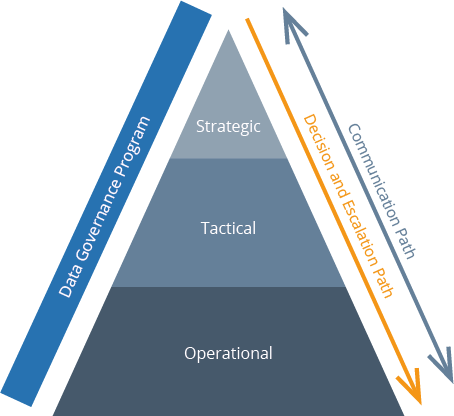
In addition to the responsibilities, the following aspects of any data governance program must be clarified (see figure below).
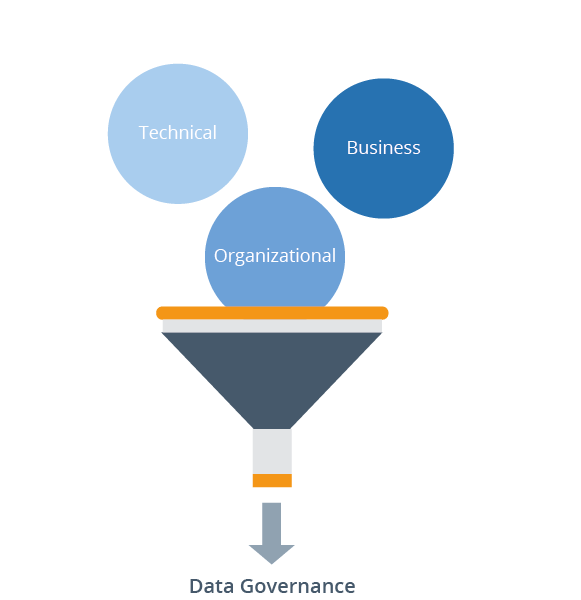
- The organization (the “where” and “who”)
- Business aspects (the “what”)
- Technical aspects (the “how”)
Why Data Governance Matters
Most companies already have some form of data governance for individual applications or business departments, although it is not necessarily comprehensively institutionalized. The systematic introduction of data governance is therefore often an evolution from informal rules to formal control.
Formal data governance is normally implemented once a company has reached a size at which cross-functional tasks can no longer be implemented efficiently.
Data governance is a prerequisite for numerous tasks or projects and has many clear benefits:
- Consistent, uniform data and processes across the organization are a prerequisite for better and more comprehensive decision support;
- Increasing the scalability of the IT landscape at a technical, business and organizational level through clear rules for changing processes and data;
- Central control mechanisms offer potential to optimize the cost of data management (increasingly important in the age of exploding data sets);
- Increased efficiency through the use of synergies (e.g. by reusing processes and data);
- Higher confidence in data through quality-assured and certified data as well as complete documentation of data processes;
- Achieving compliance guidelines, such as Basel III and Solvency II;
- Security for internal and external data by monitoring and reviewing privacy policies;
- Increased process efficiency by reducing long coordination processes (e.g. through clear requirements management);
- Clear and transparent communication through standardization. This is the prerequisite for enterprise-wide data-centric initiatives;
- Further, specific benefits result from the specific nature of each data governance program.
More than ever, data governance is vital for companies to remain responsive. It is also important to open up new and innovative fields of business, for example by big data analyses, which do not permit the persistence of backward thinking and overhauled structures.
At the moment, the most important drivers that lead companies to rethink their current approaches are:
- Establish data-centric views to support digital business models
- Enterprise-wide data quality and master data management
- Manageability of data in big data environments
- Creation of standards to increase the ability to react to external influences (e.g. M & A)
- Self-service BI (SSBI): Users want to carry out analyses independently of IT
- Compliance: transparent and understandable data processes to comply with legal requirements
In addition to these drivers, there are a number of other developments and requirements that make data governance more and more relevant.
Examples include operational BI, advanced analysis, social media, a 360° degree customer view, BI in the cloud or as a service, information strategies, and compliance with data protection guidelines for internal and external use of data (SCM, CRM).
The BI Professionals’ View on Data Governance
Data from BARC’s BI Trend Monitor confirms the importance of data governance.
Importance of Data Governance in 2017 (n=2,661)
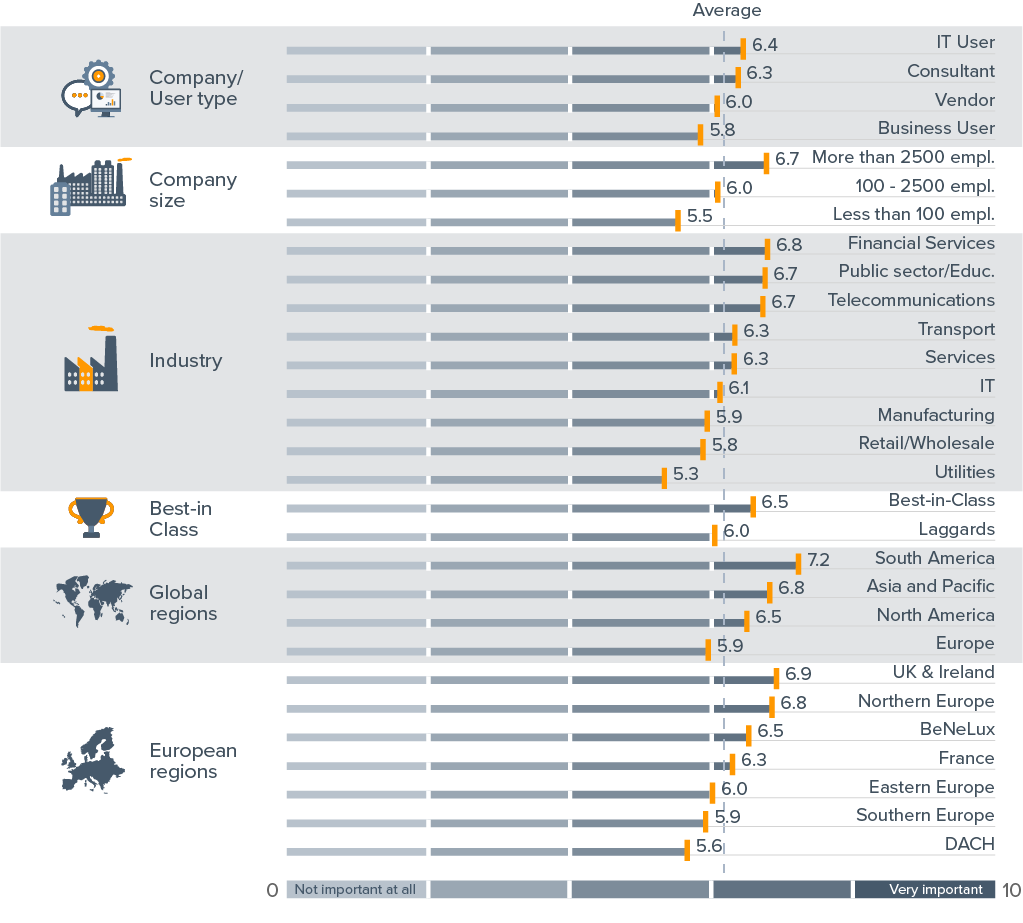
Data governance is most relevant in large enterprises, in the financial sector and in the UK & Ireland.
It is less popular with business users and mid-sized/smaller companies.
Data Governance Challenges
The relevance of data governance is obvious. Nevertheless, despite its advantages, many companies are afraid to implement data governance programs – either because of the assumed complexity or due to general uncertainty.
Implementing data governance programs is by no means a trivial undertaking. The following are some of the biggest hurdles in the implementation phase:
Organization
Data governance requires an open corporate culture in which, for example, organizational changes can be implemented, even if this only means naming roles and assigning responsibilities. As a result, data governance becomes a political issue, because this ultimately means distributing, awarding and also withdrawing responsibilities and competencies. A sensitive approach is needed here.
Acceptance and Communication
Data governance needs acceptance by means of a working communication between all parties by suitable employees in the right places. Project managers in particular need to have an understanding of the technical as well as business aspects, the jargon and preferably an overarching conceptual view of the company.
Budgets and Stakeholders
It is often still difficult to convince stakeholders in the organization of the need for data governance programs and to get budget. In addition, changes are often hindered by ingrained, but functioning processes and deficiencies in information processing are compensated by not directly visible resources in business departments.
Standardization and Flexibility
Businesses need to be flexible to address fast-changing requirements. However, it is vitally important to seek the right balance between flexibility and data governance standards according to each individual company’s business requirements.

Data Governance Best Practices and Success Factors
Implementing a Data Governance Initiative
Data governance is not a big bang initiative and would not work in this fashion. Instead, global initiatives are highly complex and long-term projects. They therefore run the risk that participants might lose trust and interest over time.
It is therefore recommended to start with a manageable or application-specific prototype project and to continue iteratively. In this way, the project remains manageable and experience can be used for more complex projects or to expand the data governance programs in the company.
Typical project steps are:
- define goals and understand benefits;
- analyze current state and delta analysis;
- derive a roadmap;
- convince stakeholders and budget project;
- develop and plan the data governance program;
- implement the data governance program;
- monitor and control.
These steps are not only to be repeated for each new program, but they also need to be repeated if changes are made.
Before the start of any data governance program, questions about the reasons for the project should always be answered in order to avoid unnecessary additional work. Similarly, existing processes should be evaluated to determine whether they can be adapted to the new requirements within the framework of a data governance program, instead of starting with the perhaps unnecessary development of new processes.
The following tools provide assistance with the implementation of a data governance program:
Data Management (DAMA) Framework
The DAMA Framework provides orientation towards identifying disciplines and functional groups – see https://www.dama.org.
BARC 9-Field Matrix
BARC’s “9-Field Matrix” is designed to determine the current state of an organization’s approach to data management and derive a roadmap from it.
The three company levels (strategic, tactical and operational) and the organizational, business and technical aspects thereof form the basis of the matrix. With its structure, data management projects can be fleshed out with specifications of the topics, processes, roles and tasks involved.
It should be noted that the projection of the levels, the organizational, business and technical aspects, and also the roles in the company should be very specific. The matrix is nevertheless suitable for any topic in the field of data management.
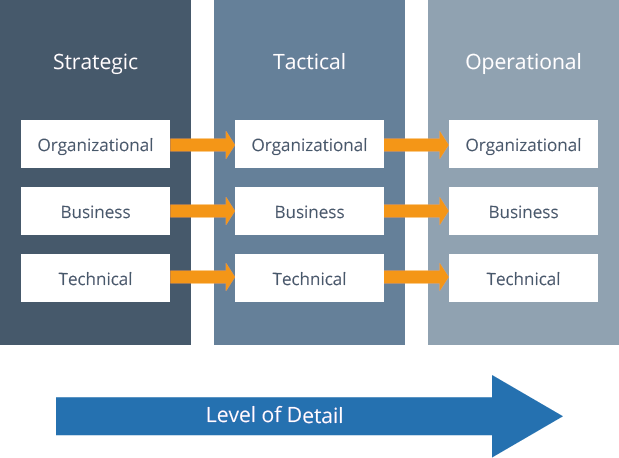
The DAMA framework provides all the relevant data management topics with documented criteria. They are assigned to a field in the BARC 9-Field Matrix.
In this way, the current state for each field can be compared in a structured manner against the target state. In doing so, the delta can be identified, priorities can be set and a roadmap with concrete actions can be derived.
Role Models
Roles are essential to every data governance program. These days, software tools provide data governance templates for metadata management, data quality, master data management and data integration.
The roles vary slightly, but the core ones are always as follows:
- Data Governance Council (steering committee / strategic level)
- Data Governance Board (tactical level)
- Data Manager
- Data Owner
- Data Steward
- Data User
Templates and Libraries
Templates go a step further than role models. Among other things, they also include best practice processes, decision-making rules, data quality rules, key figures and task types.
”Data Governance“ Platforms
Data governance platforms offer different functional blocks for data quality, master data management, data integration, metadata management and data protection.
BARC Recommendations
The following tips will help you implement your data governance initiatives or programs:
- Never launch a data governance program without management support;
- Do not start big bang initiatives, but understand data governance as a continuous, iterative process consisting of sub-projects;
- Start with small pilot projects and bring the experience of these into the company;
- Data governance programs can run for years. However, individual projects should not last longer than 3 months;
- Set well-considered and clear targets;
- Winning acceptance is the top priority. Involvement of stakeholders and transparency of the process are key. An open and transparent communication with all stakeholders with no hidden agendas is recommended;
- Do not re-invent the wheel but use templates, models and best practices that are already available on the market, whether it’s through software tools, frameworks and libraries, or consultants;
- Appoint the roles in the company properly. Particularly critical are the communication skills of the program manager, who has to bring the data governance program into the company, taking into account political issues and sensibilities;
- Carefully examine and consider why established processes and solutions have not been sufficiently streamlined;
- Evaluate data governance platforms;
- Create clear structures and responsibilities;
- Establish a thorough methodology for documenting organizational best practices.






